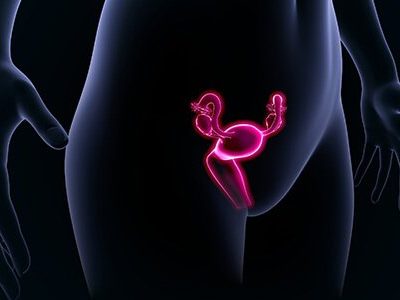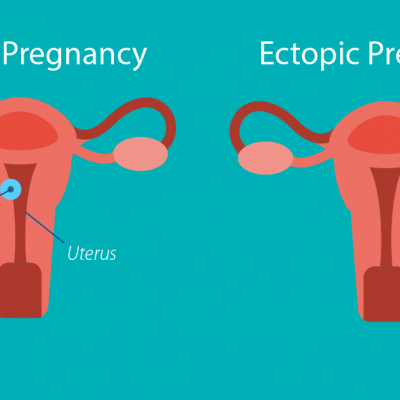Repeated Miscarriages
Miscarriage is the loss of a pregnancy before 20 weeks. It occurs in 10-15% of all known pregnancies. Most miscarriages occur in the first 3 months of pregnancy. When pregnancy loss occurs two or more times in a row, it may be called Repeated Miscarriage. Special tests are required to find the cause. Even if someone has had repeated miscarriages, there is still a good chance to have a baby.
This chapter will explain:
- Causes of repeated miscarriage
- Tests and procedures which might be needed
- Special care needed to be taken during pregnancy
![]()
To read more, click the PDF link








